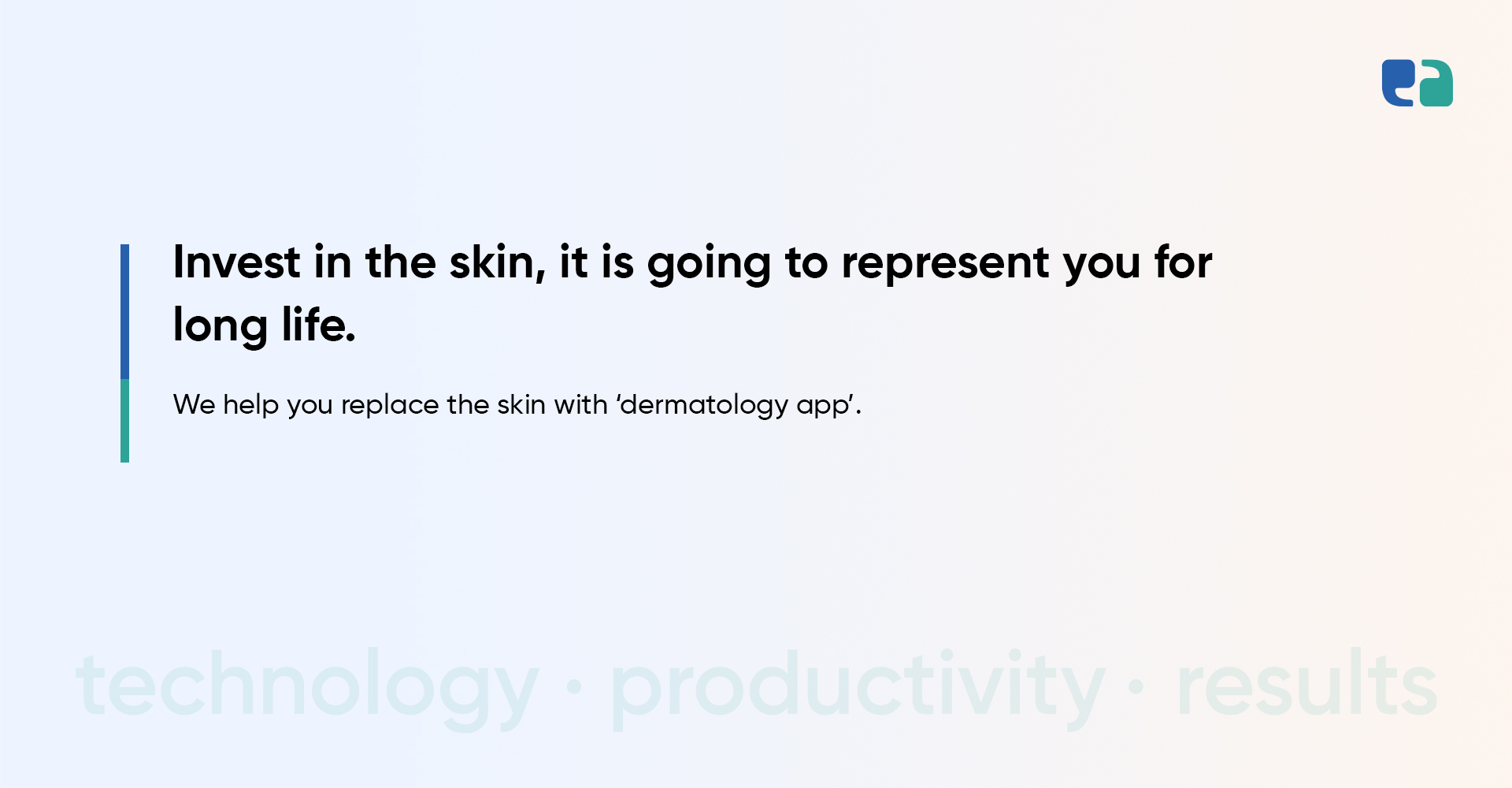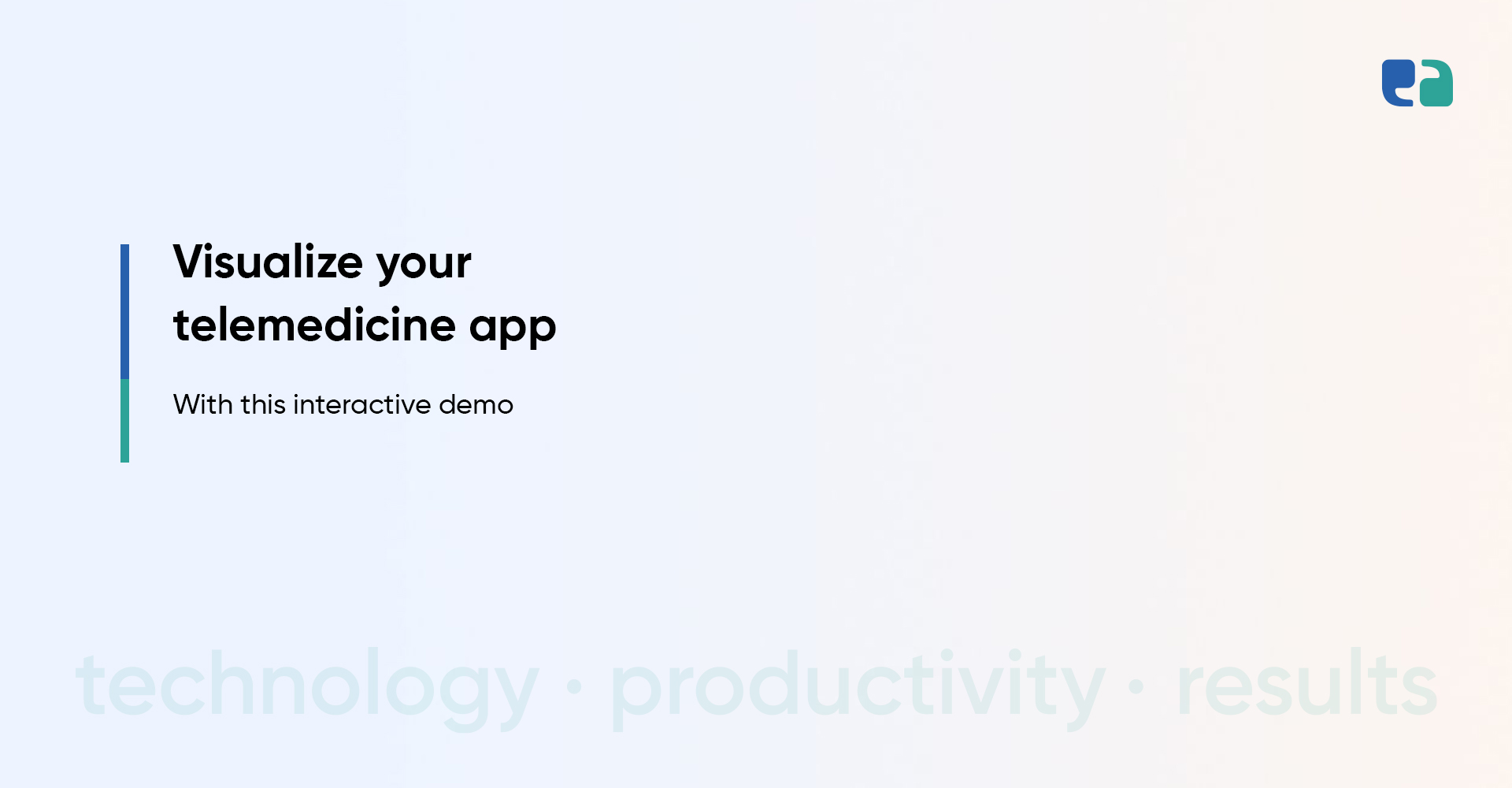As technology advances, most clinics and hospitals feel the need to modernize.
They are facing many challenges, including a global shortage of healthcare workers and poor use of health data.
It’s not just us; statistics are saying the same.
WHO predicts a shortage of nearly 10 million healthcare workers by 2030.
Moreover, 97% of hospital-generated health data isn’t being used effectively worldwide.
This challenge makes healthcare slow and inefficient.
But there is a solution ahead.
Mobile apps can help clinics overcome these challenges.
These apps are capable of streamlining workflows and engaging patients better.
The best part is that health data can be used efficiently to make smarter decisions.
With a decade of experience in building mobile health apps, we’ve crafted this blog to share insights and strategies that can transform your clinic’s digital journey.
The Rapid Growth of Healthcare App Development: Why It’s the Future

If you talk about the number, they favor healthcare apps.
In 2023 alone, the mHealth market hit $94.5 billion, which was $80.61 billion in 2022.
And that’s not it.
Research shows it may soar to $269.31 billion by 2032, with annual growth of 12.3%.
Mobile health apps are becoming an essential part of everyday life.
Over 63% of U.S. adults now use them, and in 2020 alone, more than 90,000 new healthcare apps were launched.
Beyond the trend- this rise in mobile healthcare is shaping the industry and your clinic must be a part of it.
Healthcare App Advantages: How They Benefit Providers and Patients
Over 90,000 new healthcare apps were introduced in 2020, and health app downloads increased by 65% during the pandemic. It shows that the adoption of mobile health is growing among patients.
Exploring Different Types of Healthcare Apps
The healthcare app market is growing fast. These apps cater to both healthcare professionals and patients. Let’s look at some major types of healthcare apps.
Choosing the Right Healthcare App Solution: Custom vs. Whitelabel
Once you have decided to go digital for your clinic, you often have to choose between custom-made solutions and white-label platforms. Let’s understand their differences and find out which solution will suit you.
A Step-by-Step Guide to Healthcare App Development: The MVP Approach
Building a healthcare mobile app is a challenging task, including technical complexity.
One of the best ways to start is with the Minimum Viable Product (MVP) approach.
We suggest you begin with this basic version for your clinic. Start with essential features, then improve them based on honest user feedback.
Here, we’re breaking down the entire process in simple steps.
7 Simple Stages of Healthcare App Development for Your Clinic
1. Problem Identification
Identify what problem your app will solve and who it’s for—patients, healthcare providers, or both.
You can also do market research about existing apps. This will help you to spot the gap and build something unique.
2. Find a Credible Software Development Provider
The success of your app depends on the health tech partner you choose.
There are numerous healthcare-IT vendors, but select the one that is only healthcare-specific. It will help you to navigate through practical challenges and regulations.
3. First Contact
Reach out to the selected developers and discuss your app idea.
Sign a Non-Disclosure Agreement (NDA) to protect your concept.
4. Solution Design Stage
Collaborate with your team, decide the features you want to add to your app and plan for future updates.
5. Discovery Phase
This phase turns your ideas into a detailed plan.
The development team gathers all the necessary technical details and ensures everyone’s on the same page.
6. Build Healthcare App MVP
As per your budget and needs, choose between native, cross-platform, or hybrid development.
Focus on building only the essential features of MVP that provide the core value of your app.
7. Collect Feedback, Update, Repeat
Test, get regulatory approvals, launch, and market your app.
Provide ongoing updates and improvements based on user feedback.



